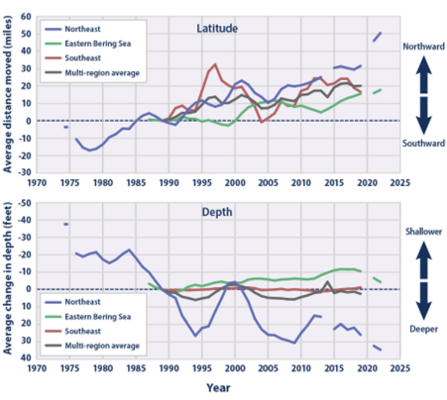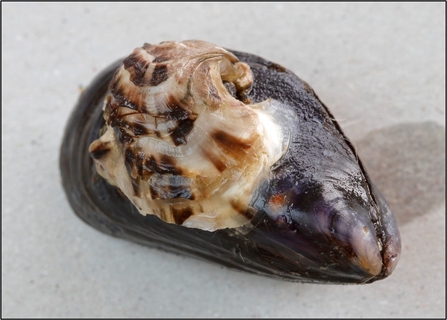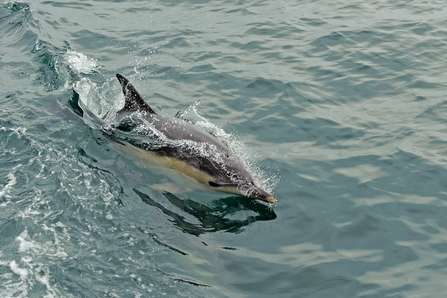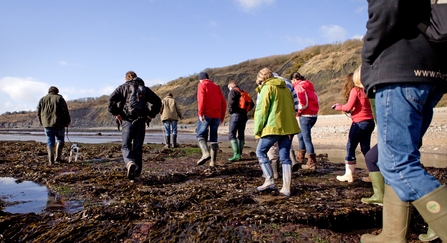How is climate change affecting species’ movement?
Climate change is expected to lead to warmer seas, sea level rise, increased flood and drought frequency, and ocean acidification.
Our oceans are changing:
- Sea surface temperature: Global sea surface temperatures reached a record high in February 2024 of 21.06 °C between 60°S–60°N
- Sea level rise: The sea has risen by an average of 4.5 millimetres/year between 2013 – 2021
- Ocean deoxygenation: Oxygen levels are expected to decrease by 3-4% by 2100
- Ocean acidification: PH has decreased by 0.1 units. This may not seem like much but the pH scale is logarithmic which means that the pH has dropped by 30% since the pre-industrial era.
Alongside these shifts in our climate patterns, there are changes in the underwater ecosystem. Increased warming, loss of oxygen and change in pH, tests the physiological limits of marine species. These changes may be happening at a rate that marine life cannot adapt to.
Increased magnitude and frequency of stressors means organisms’ tolerance limits are tested. Changes in sea surface temperature, sea level rise, oxygen levels, and pH levels will affect how marine life is able to deal with their conditions.







